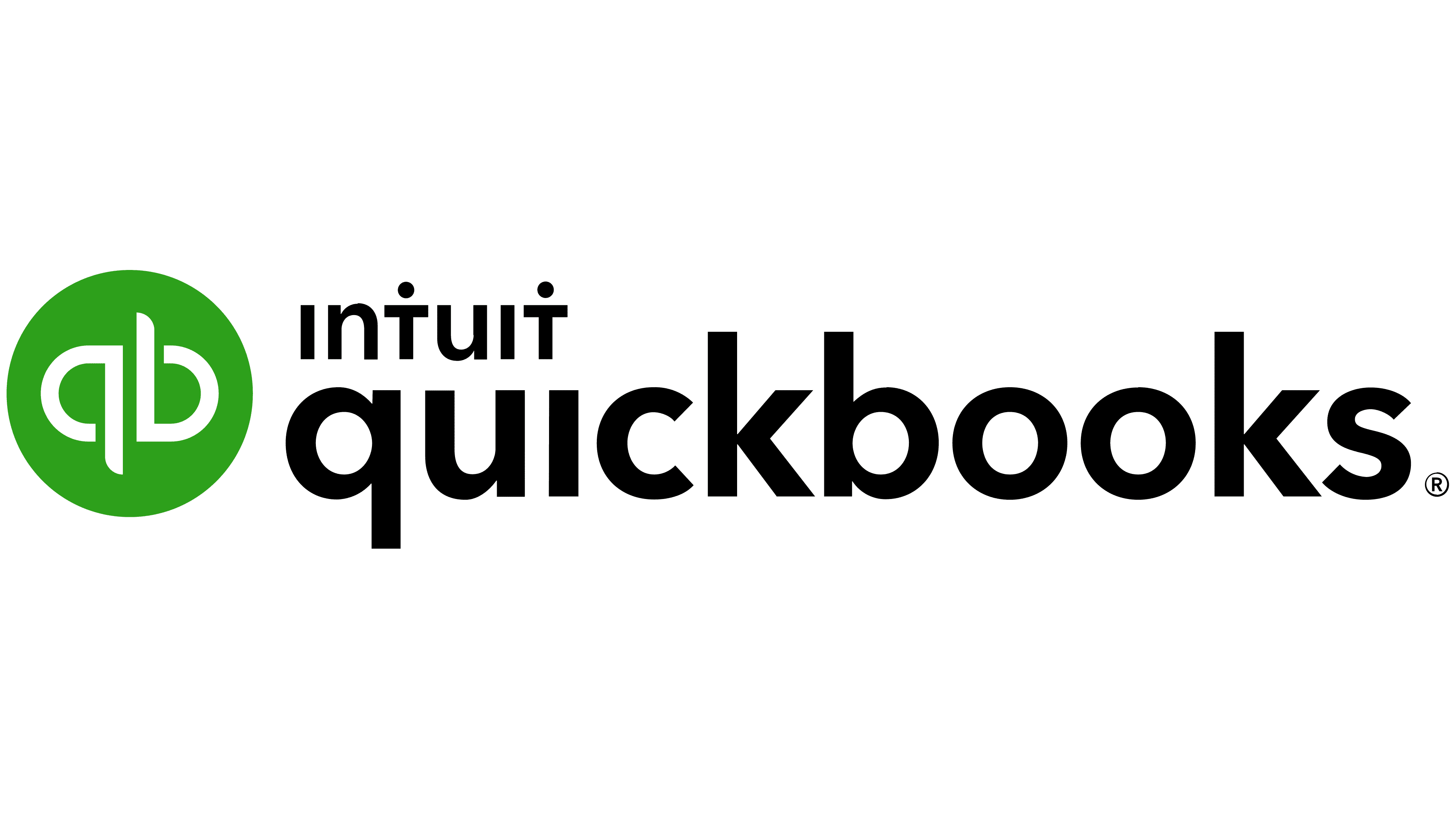Tax planning and compliance is a tricky topic to discuss and navigate for all businesses, whether big or small. According to the IRS, underpayments for corporate and noncorporate income taxes can reach 8% quarterly based on your unpaid tax dues for the 1st and 2nd quarters of 2024, making inaccurate tax computations a huge financial burden for many business owners.
With so many types of taxes that small businesses have to pay, business owners need to design strategies that would help them navigate effective tax planning and compliance to minimize tax liabilities, avoid underpayment penalties, not paying them on time, or being unable to pay them at all.
An Expert Guide to the Best Tax Preparation Resources for Startups
Strategies for effective tax planning for small business
Choose the right business structure
The most common business structures for businesses in the U.S. are:
- Sole proprietorship
- Partnership
- Limited liability company (LLC)
- Corporation
Each business structure has different tax obligations, with corporations having the most tax obligations. There is no distinction between a sole proprietorship’s identity and an individual’s. Therefore, income taxes for the sole proprietorship are ‘passed through’ to the individual.
A partnership is a pass-through entity that passes its income or losses to its partners and pays the appropriate taxes on the April deadline. However, partnerships must submit an annual information return for the business, typically on March 15.
A limited liability company or LLC is considered a hybrid legal entity; thus, depending on how a state views an LLC (either a sole proprietorship, partnership, or corporation), it may have to pay its taxes on March 15 or April 15.
5 Best Online Tax Preparation Software Products
In forming corporations, taxation depends on whether it is formed as a C corporation or an S corporation, where C corporations are taxed at a corporate level and personal level (with its stockholders). In contrast, S corporations are not taxed at the corporate level.
Ensure accurate accounting records
Ensuring accurate accounting records is critical in ensuring you employ effective tax planning strategies and pay the correct tax dues.
According to Brooke Webber, Head of Marketing at Ninja Patches, “Many businesses often find themselves in the dilemma of underpaying taxes because of excessively recording expense deductions or overpaying taxes because of omitted deductible expenses.”
To resolve this, ensure that you have properly working accounting systems in place, a well-trained pool of detail-oriented accounting and tax staff, and, if possible, a Certified Public Accountant who will ensure the accurate recording and interpretation of accounting and taxation records.
Small Business Tax Breaks for Charitable Giving
Know the scope of your business
Knowing your business’s scope means understanding the taxes you must pay yearly. Some of the most common taxes that businesses have to pay include:
-
- Corporate income tax: Rates for CIT are at 21% at the federal level. In comparison, state CIT can range from 1% to 12%, with some states not imposing CIT at all, including Alaska, Florida, Nevada, South Dakota, Tennessee, Texas, Washington, and Wyoming.
- Individual income tax: Individual tax brackets range from 10% to 37%
- Capital gains tax: a tax on the sale of investments like stocks, bonds, property, and businesses. Long-term capital gains are taxed at either 0%, 15%, or 20%.
- Sales tax: a tax imposed on the consumption of goods and services, imposed on the end consumer and remitted by vendors to the government.
Take advantage of tax credits and deductions
Some businesses may be able to avail themselves of tax credits and deductions to lower taxable income and income tax dues. A tax credit reduces tax dues by directly offsetting the tax credit by your computed tax dues. In contrast, an eligible tax deduction lowers your overall taxable income tax to arrive at a lower income tax due.
Online accounting software, built for your business.
Zoho Books is online accounting software that manages your finances, automates business workflows, and helps you work collectively across departments.
Some of these tax credits include:
- Child tax credit: a maximum of $2,000 tax deduction if you support a child during a taxable year
- Lifetime learning credit: The IRS offers tax credits for individuals who have paid tuition fees to a college or university.
- Electric vehicle credit: a business that has purchased an electric vehicle during the year may be eligible for a maximum of $7,500 tax credit.
- Energy efficient tax credits: Individuals and businesses may deduct up to $3,200 of the amount invested for energy-efficient home and business upgrades.
Some popular tax deductions include:
- Charitable donations deduction: Charitable gifts to qualifying organizations may allow up to 60% of your adjusted gross income as a tax deduction.
- Payment to state and local taxes: Through SALT deduction, businesses and individuals may deduct up to $10,000 of state and local taxes paid during the year.
- Health savings account deduction: Contributions to an HSA are considered a tax-deductible expense.
- Mortgage interest tax deduction: Interest paid on qualified homeownership may reduce their taxable dues by the total mortgage interest paid for the year.
Level Up Your Digital Skills: Free Right Now with Verizon Small Business
Retirement plan contributions
One of the most common schemes businesses employ to reduce their taxable dues is offering employer-sponsored retirement plan contributions like the 401(k).
Ian Sells, CEO of Million Dollar Sellers, says, “As a type of qualified retirement plan, employers can also ‘match’ a contribution to their employees’ retirement plan at either a fixed or tiered percentage—with some companies even including a profit-sharing feature as a contribution.”
Aside from the fact that this becomes an attractive compensation package for employees, employer contributions to a 401(k) and other qualified retirement plans also reduce their income tax dues. This is because any amount paid by the employer within the set IRS limit ($69,000 for both employee and employer contribution) can be deducted as allowable tax deductions for the same year.
The powerfully simple way to stay on top of your finances. Budgeting, automation tools, portfolio analysis, tax reports, and more. For a limited time: 50% off on Quicken Simplifi and 25% off on other Quicken products.
How to ensure small business tax compliance
Stay updated on IRS tax regulations
Tax laws are always prone to changes, and it is important to stay up to date with relevant tax law amendments and tax payment due date changes to avoid late or delinquent payments and take advantage of timely tax benefits the IRS may provide.
Pay your taxes in full and on time
The IRS collected more than $25.6 billion in additional taxes for returns not filed timely. The significant impact on IRS collections is huge, and businesses should be vigilant in ensuring they don’t have to pay unnecessary additional taxes due to underpayment and late payments.
Sturgeon Christie, CEO of Second Skin Audio, said, “What we do to pay your taxes on time is create a calendar of our tax obligations, including all the taxes we need to pay for the month, the day they are due, and the total amount of the tax obligation. Many accounting and tax preparation software products include these features, so ask your software providers for this information if they’re available.”
Hire professional services
Staying on top of tax law changes and computations, including tax credits and deduction rules, is not easy for ordinary business owners.
If necessary, consider engaging the services of a Certified Public Accountant or a tax expert to help you navigate the complexities of tax computation and filing, ensuring that your accounting records are appropriately reflected on your tax returns and taxes are paid correctly and on time.
Verizon Digital Ready: Free Training in the Skills Entrepreneurs Need
Conclusion
Navigating the tax sphere is difficult, with tax laws prone to changes yearly or depending on current economic factors.
What small businesses can do is make sure that effective tax planning strategies are made, including producing accurate accounting records, choosing the right business structure, taking advantage of tax credits and deductions, and making sure taxes are paid correctly and on time.
By using the right resources—hiring the right staff, adopting the latest technology, or engaging professional services—you can significantly legally reduce your tax burden with proper tax planning and compliance strategies in place.
Image from Unsplash










